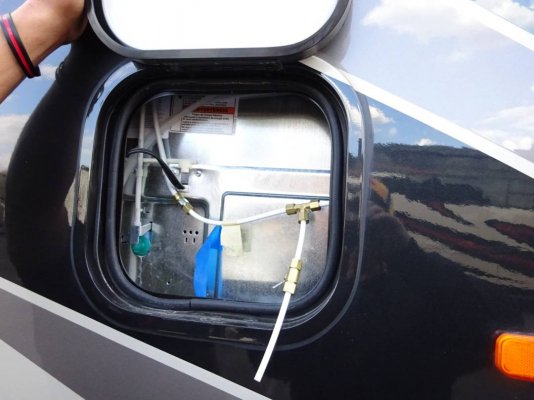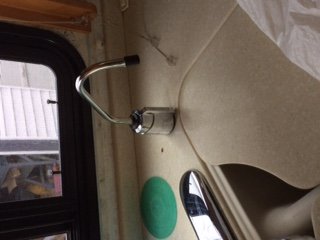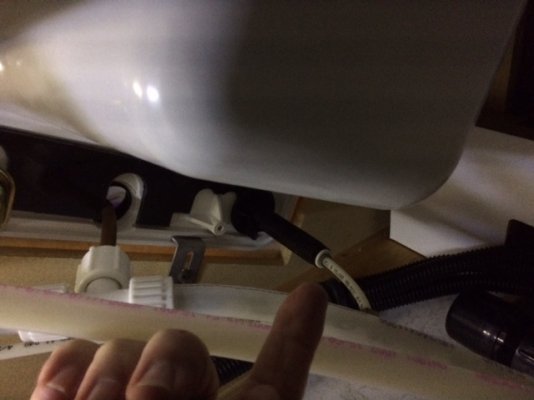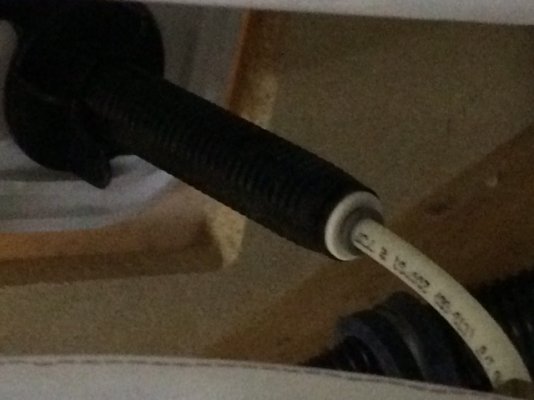casualemt
Well-known member
Greetings all! 2005 Journey, 2 problems I'm having, the ice maker leaks inside the freezer. The ice maker works, making ice as it should. But I had noticed the water pump kick on a couple of times a night like for only maybe 3 to 5 seconds. I wasn't sure if this was normal to maintain pressure or if there was a leak. When we got back from our big trip this fall, the bottom of the freezer compartment was solid ice, like the ice maker was leaking water into the compartment. The other problem is the water tube is leaking at the connection to the filtered water spout. I have had some water leakage under the sink occasionally but could never find the source until now. I cannot see how the water tubing connects to the faucet, there is no nut or threaded part, just looks like a white plastic ring around the tubing, pushed into the bottom of the faucet. Anybody have any ideas about these leaks? The journey is still enjoying its winter rest, but I want to make sure it's ready to go when the weather clears up around here...Thanks in advance!




